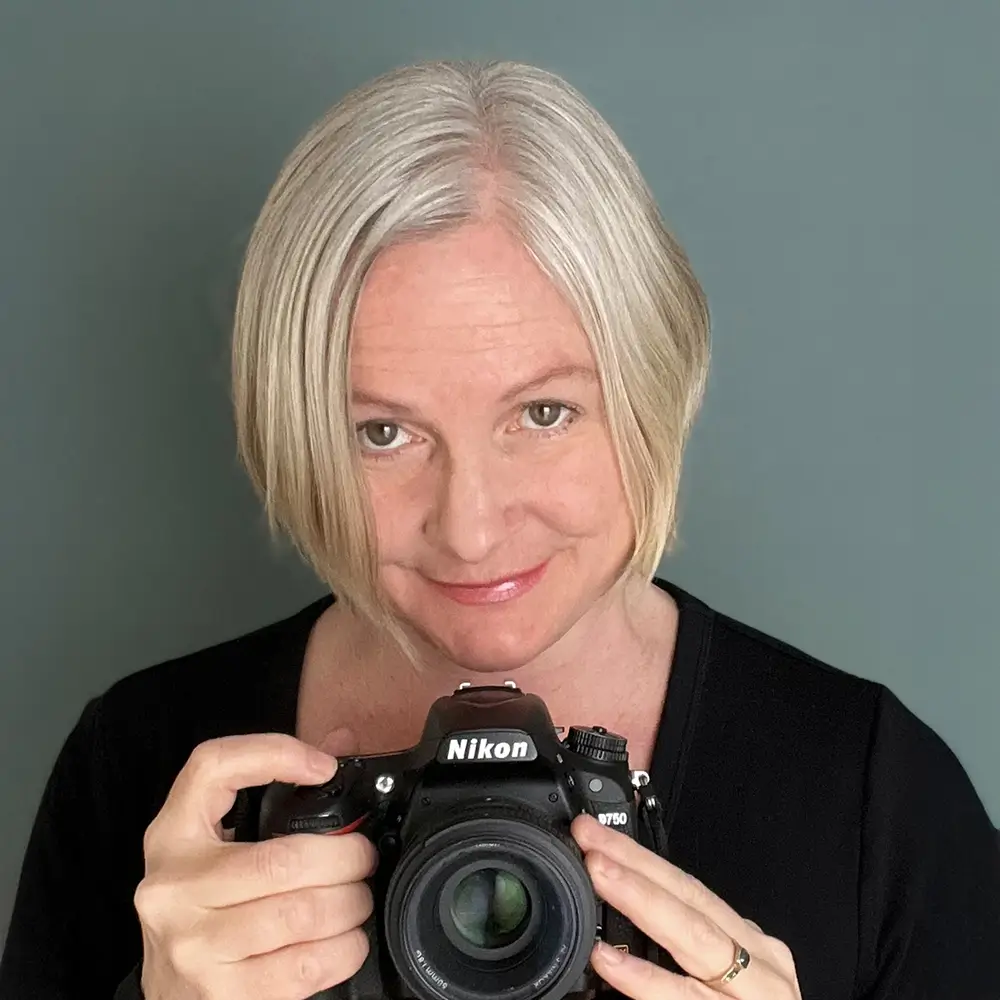Liz Obert is a lens-based artist based in the Pacific Northwest. Her current work is a reflection on mortality and the human condition, along with our culture’s obsession with materialism. It expresses the transience of our existence through our shared experiences with food through imagery inspired by Dutch’s paintings.
She has a BFA from the College of Santa Fe and an MFA from Washington State University. Her work has been exhibited nationally and internationally, with showcases in Spain, France, and Hungary. Her work has been published in outlets including The Missouri Review, Slate, The Huffington Post, and others.
Modern Vanitas
In my series Modern Vanitas, I draw upon the paintings of 17th-century artists in the Netherlands who created still-lifes often referred to as Vanitas. These compositions contained what appeared to be random objects of their time, such as candles, silver platters, and exotic foods. However, the items were a symbolic representation of the futility of life’s pleasures, creating moral lessons for the soul. Many contain representations of death or specifically, the human skull, making them memento mori, illustrating that all of us are mortal.
I am inspired by these paintings because their message of consumerism is even more relevant today. Mass consumption is no longer just about morality; it also has concrete consequences. Globalization of trade, industrial farming, and the mass production of cheap plastic have all contributed to global warming. I see my photographs as memento mori for the planet,
I draw inspiration from their baroque lighting and use of chiaroscuro. In my images, I often recreate their use of diagonal lines, cluttered compositions, and dramatic light, but I populate the photos with meticulously chosen items, such as fast food representing our mass consumption, fruit illustrating our reliance on transporting food, and candles and dying flowers showing that time is running out.
Although these images have an element of humor by elevating the mundane, such as Starbucks and Burger King, the message is serious. I intend for both the humor and the rich lighting to draw in the viewer and I hope that they will understand the deeper meaning.
Article
American Bodegónes
